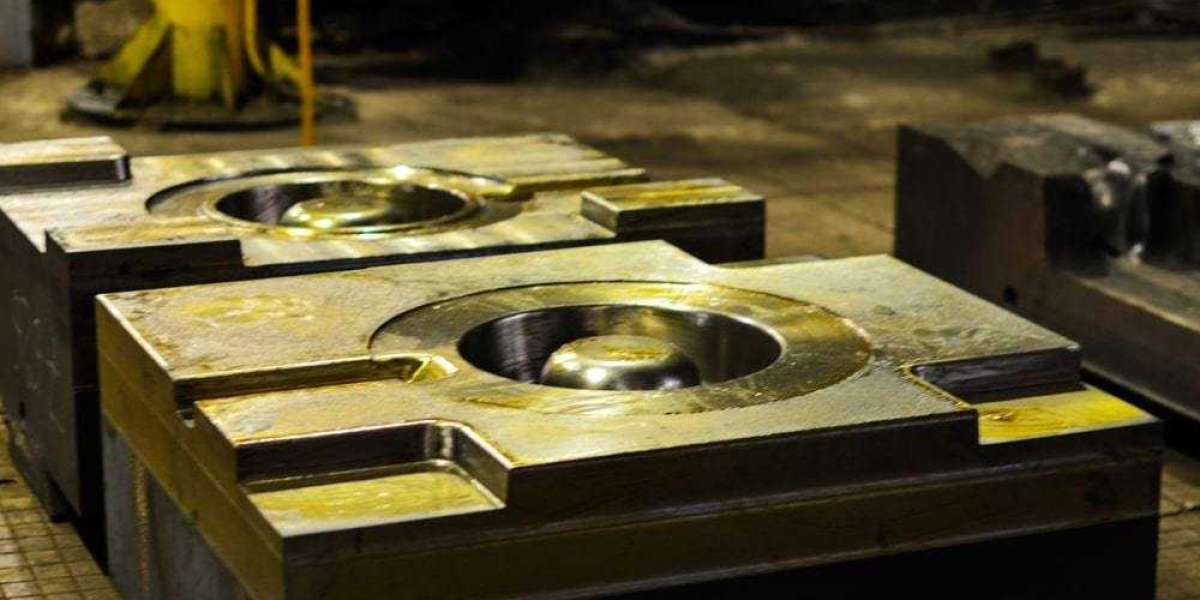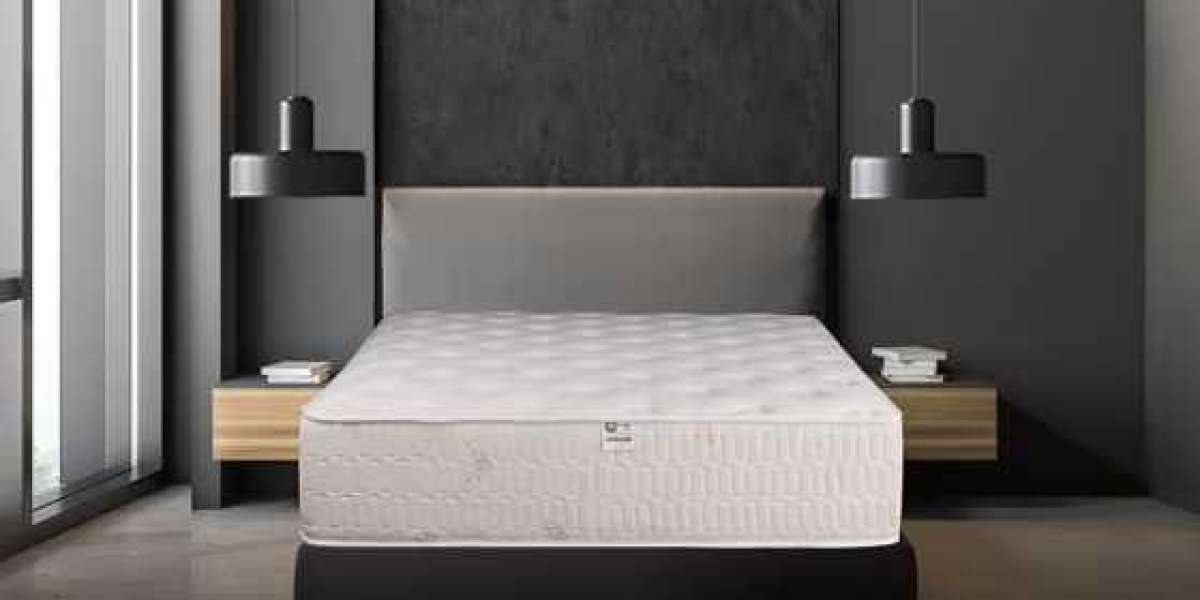The process of heating and cooling the surface of the mold steel used in aluminum alloy die-casting plants results in a change in the mechanical properties of the surface layer. In order to improve the wear resistance and fatigue resistance of aluminum alloy die-casting molds, the goal of this process is to obtain a mold surface layer with a high degree of hardness as well as a favorable internal stress distribution. It finds widespread application in die-casting molds for aluminum alloys, which call for excellent plasticity and overall toughness in addition to high levels of wear and fatigue resistance on the surface layer. The processes of surface quenching and chemical heat treatment are the two distinct categories that make up surface heat treatment.

The components of the mold are rapidly heated by a variety of sources of heat, and once the surface temperature of the aluminum alloy die-casting mold rises above the critical point, the mold undergoes a rapid cooling process. The surface layer of the aluminum alloy die-casting mold can be made more durable in this manner, while the core can be kept in its original structure. The heat source that is used must have a high energy density in order to accomplish the goal of heating only the surface layer of the aluminum alloy die-casting mold. In order to do this, the heat source must be chosen carefully. In aluminum alloy die-casting plants, induction heating and flame heating surface custom die casting quenching are the two methods that are utilized the most frequently.
Place the mold parts in a medium that contains active elements for the purposes of heating and insulation. This should be done in such a way that the active atoms in the medium either penetrate into the surface of the aluminum alloy die-casting mold or form a covering layer of a certain compound. This will change the structure and chemical composition of the surface layer, which will ultimately result in the production of an aluminum alloy die-casting. The surface of the mold possesses unique properties that can be either mechanical, physical, or chemical. In most cases, additional appropriate heat treatments are required both before and after chemical infiltration in order to achieve the best possible coordination between the core and surface layers of the aluminum alloy die-casting mold in terms of structure and performance. This is done in order to maximize the potential of the infiltration layer and achieve the best possible results in terms of maximizing the potential of the infiltration layer. It is necessary to generate a large amount of resistance heat in order to bring the surface of the aluminum alloy die-casting mold up to the quenching temperature. This is accomplished by the passage of a large current through the contact point that exists between the electrode and the aluminum alloy die-casting mold. After that, the electrode is taken out of the aluminum alloy die-casting mold, the heat is transferred into the interior of the mold, and the surface is quickly cooled, which accomplishes the goal of quenching.
The straightforward equipment requirements, user-friendliness, and ease of mechanization offered by this approach are all major benefits. The die-casting mold for aluminum alloy requires no tempering and has very little distortion as a result of its design. The wear resistance and scratch resistance of the aluminum alloy die-casting mold can be significantly improved by this process, despite the fact that the hardened layer is on the thinner side. 0. 15 mm or less in thickness. As a result, aluminum alloy die-casting plants do not typically employ this method very frequently.
After being connected to the cathode of the electrolytic cell and having been placed in an electrolyte consisting of an acid, alkali, or salt aqueous solution, the mold parts are then connected to the anode of the electrolytic cell. After the direct current has been activated, the electrolyte will begin to electrolyze, which will result in the release of oxygen at the anode and hydrogen at the mold parts. After that, when the power is turned off, the gas film vanishes almost instantly, and the electrolyte transforms into the quenching medium, causing the surface of the mold parts to rapidly cool. toughening up. An aqueous solution that contains between 5 and 18 percent sodium carbonate is the type of electrolyte that is most frequently utilized. The electrolytic heating method is straightforward, the processing time is limited, the heating time takes only five to ten seconds, the productivity is high, the quenching distortion is minimal, and it is an approach that is well-suited for the processing of small mold parts in aluminum alloy die-casting plants.
The early 1970s marked the beginning of research zinc die casting products into the use of lasers in heat treatment. This research eventually progressed from the stage of laboratory investigation to the stages of production and application. Because the irradiation point heats up so rapidly, the surrounding metal does not have enough time for the heat to be transferred to it. This results in the metal having excellent mechanical properties. The process in question is known as glazing.
Laser heating can also be used for local alloying treatment, which means that the parts of the aluminum alloy die-casting mold that are more prone to wear or require heat resistance are first coated with a layer of wear-resistant or heat-resistant metal, or coated with a layer of paint containing wear-resistant or heat-resistant metal. After this, the mold is heated with a laser to a Metal Plating temperature that is high enough to cause the metal to alloy locally. After that, a laser is used to irradiate it, which causes it to quickly melt and forms a layer of an alloy that is resistant to heat or wear. After having a layer of chromium plated on the components that need to be heat-resistant, the chromium is then rapidly melted with a laser to form a hard temper-resistant chromium-containing heat-resistant surface layer. This layer has the potential to significantly improve the workpiece's service life as well as its resistance to heat.
In its early days, it was put to use in the process of continuously annealing thin steel strips and steel wires, and its energy density could reach up to 10 watts per centimeter. When an electron beam collides with the surface of a metal object, the point of impact is quickly heated.
The electron beam strikes the surface in a very short amount of time, which causes the temperature of the surface to rise quickly while the substrate temperature continues to be low. After the electron beam has finished its bombardment, the heat is quickly conducted to the cold base metal, which causes the heated surface to self-quench. It is necessary to have a ratio of at least 5:1 between the volume of the entire mold part and the volume of the quenched surface layer in order to ensure that the self-cooling quenching process is carried out successfully. There is a correlation between bombardment time and the surface temperature as well as the hardening depth. The austenitization time for electron beam heat treatment is only a few tenths of a second or even shorter. The heating speed of electron beam heat treatment is very fast.








